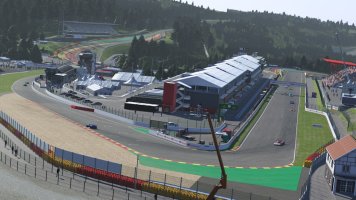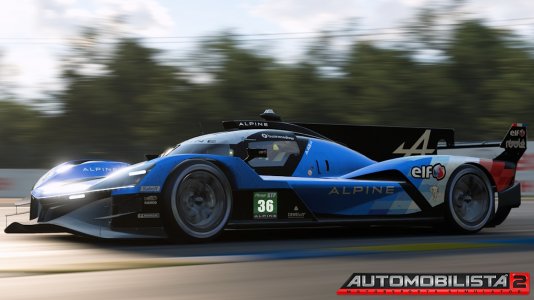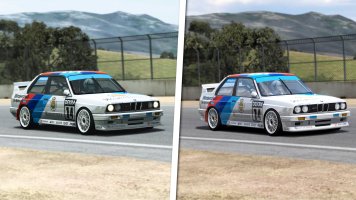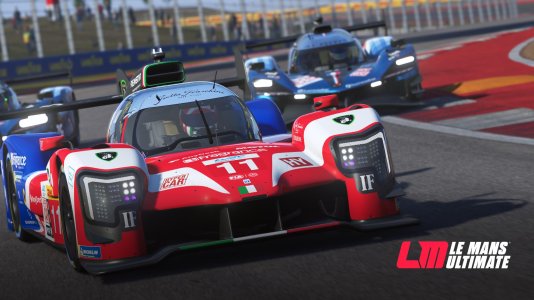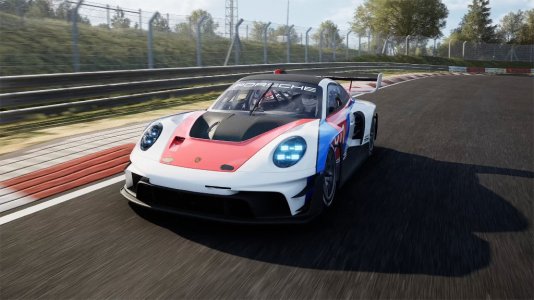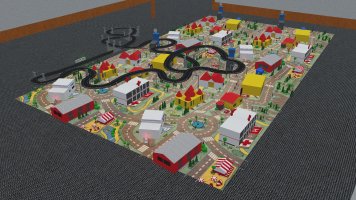Mr Latte
Premium
Their approach is to measure the frequency response of the seat/surfaces and adjust it as required to ensure a good system response. Admittedly, this is not an approach that most will have the skill or the equipment needed to accomplish. But, that doesn't invalidate it as a approach, or topic to discuss. Such efforts can provide valuable insight into what causes certain undesirable behaviors, and what mitigations are effective. Ultimately, this type of study can provide a more general means for establishing what DOES and what does NOT matter in a seat/platform...for utilizing standardized effects. The more amplitude and phase plots we see from various seat types, materials, and installation locations the better.
Correct most people will not be interested in seeking to use such a method.
If you talk to people to get a basis of opinions, they do not care how/what way vibrations move/operate within their seat materials. What they care about is how we create better effects and utilise the available hardware on the market in the best ways to increase not only the quality, fidelity but also the number of effects we can successfully operate from Simhub at any given time.
As for different seats, materials how do we really change or control this, as yet I have not seen examples or tests that highlight results from different seat materials? What feedback can you give people here on the progress of this approach being tested on different seat materials so far?
So let's consider shall we, sidestepping the seat materials, this is before we even take into account, that readings would vary even on the same type of seats based on how/where the tactile may be installed. Then you have again multiple factors like how are the readings affected when we combine firstly more transducers, then different make/models of transducers and how all those combinations vary when we apply different effects to each.
Now you have at least hundreds of potential scenarios that will affect the "data collection" also using a method that in itself is questionable in how professional a tool it is for factors like human error or accuracy?
To date, I have not seen any proof that this approach is in any way valid to improving tactile or improving effects creation. Where are the users on this forum that can share results and findings of this approach and that have been able to use this method to improve the tactile they experience?
Perhaps, first gentlemen, you have to validate that it works before even assuming it is viable and then find or convince people and somehow teach them to use this approach.
Good luck...
Tried & Tested
We can get a much more accurate representation of what the effects are generating in frequencies and dB based on the sound card and using proven industry tools that are accurate. So absolutely not, will the approach you guys are discussing going to achieve the same results. Nor is the approach you take IMHO going to let you help create better effects combinations by taking "readings from within the seat itself" and with the highlighted issues I raised.
As for how frequencies move/travel in the seat, tell me, who cares? Show me people on these forums that have questions regarding " amplitude and phase plots". So yes I refer to such as fancy talk....
Quite simply, can the user feel the effects at a high quality, are the different installed tactile being well represented and operating well together? If so is that not enough?
Comparing Approaches
Firstly, the approach I seek to offer, is at least based on multiple tests over months and years, with many people already showing an interest in using it. As well as some that already are running it and a select few helping behind the scenes who will be part of testing new effects moving forward. What, I can say, is that there are no problems or issues other than dealing with some factors like limited reverb which using the DSP to help reduce or control vibrations seems to be enough.
Yes improving isolation and installation of the seat is important as well as bringing to market a package solution. Yet isn't that another thing that is being worked on, well of course, and with testers using static rigs as well as various motion-based rigs, I sought after owners of such varied rigs for testing purposes.
I have actually had to ignore or turn down people requesting to be included as beta testers,
If people are willing to spend thousands on hardware on the recommendations and approach I have shared here then that is saying something, that people have confidence in it.
Last edited:


